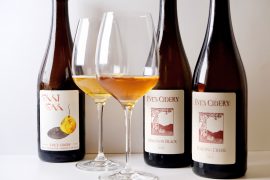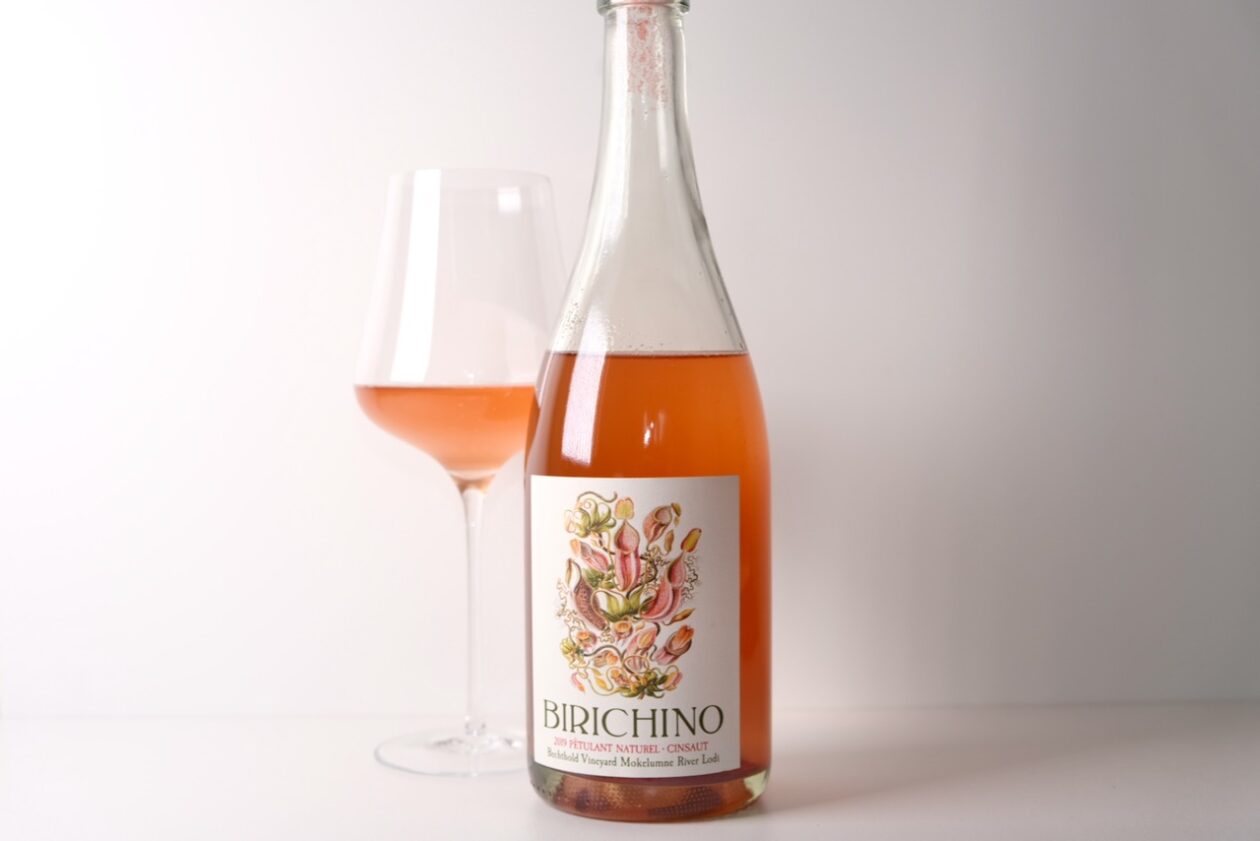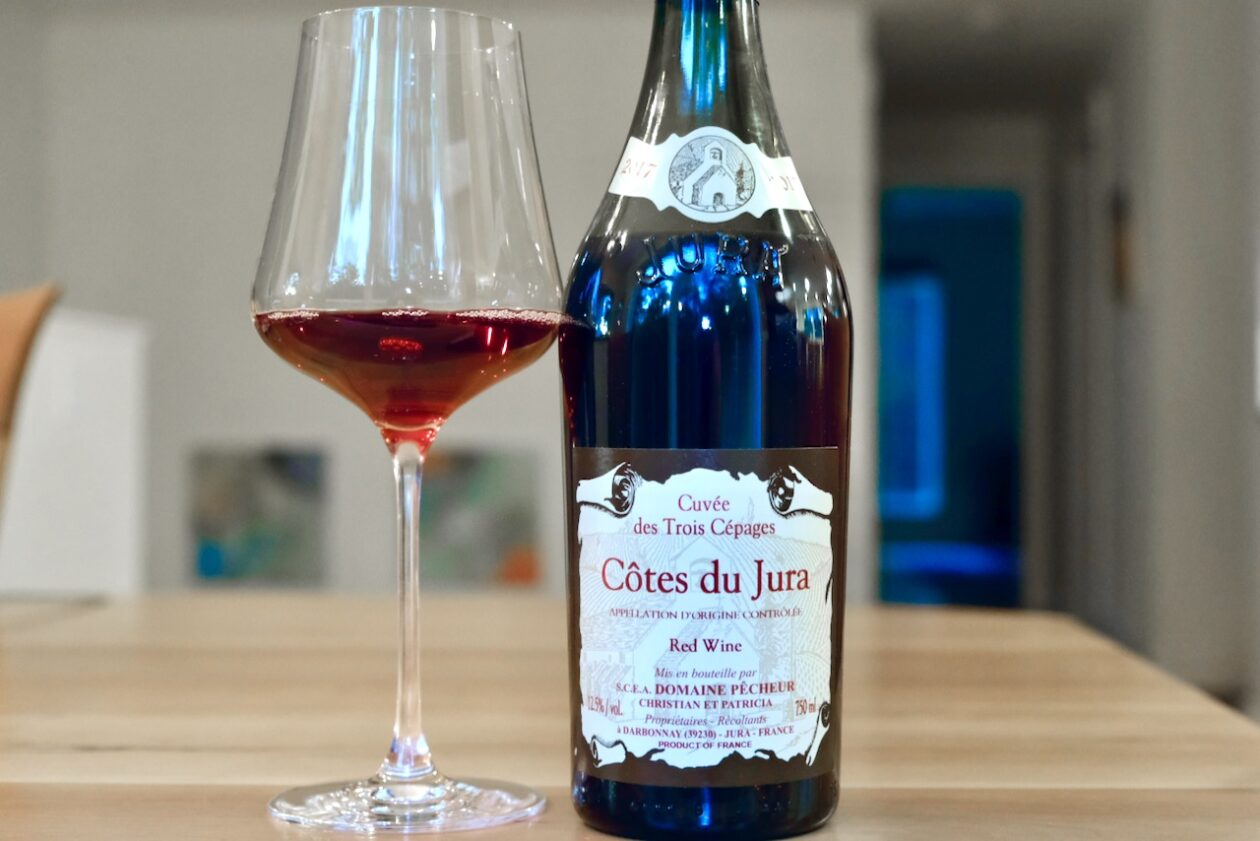
Mettre tout en équilibre, c’est bien; mettre tout en harmonie, c’est mieux.*
—Victor Hugo, Quatrevingt-treize
Why blend? For starters, it’s to ensure all elements of the wine are in balance—équilibre, to steal Hugo’s term. This is especially helpful in regions of extremes where a single grape might not thrive in every vintage.
In Bordeaux, for example, wines are traditionally blended, because blending gives a winemaker latitude in that variegated and oft-brutal place. Merlot thrives in bordelaise clay, Cabernet in its cobble. Merlot flowers early, making it susceptible to frost; Cabernet flowers later, but autumn rains can rot the fruit on the vines. Merlot contributes warmth and sweetness to a blend, Cabernet adds structure and color. Add a dash of Petit Verdot, Cabernet Franc, Malbec, or Carménère, and you’ve got yourself a wine.
California wines made in the Bordeaux style often follow the blended tradition, although the growing conditions are arguably less obdurate. Long, sunny days readily ripen all of these varieties, including late bloomer Cabernet Sauvignon, allowing winemakers to attain balanced, delicious wines without blending.
Still, a bottle of Napa Valley wine with “Cabernet Sauvignon” on its label can legally contain 25 percent of something else. Usually that something is a mix of its traditional French confrères, but given liberal American appellation rules the grapes could as easily be Zinfandel or Carignan or Rubired. These accessory grapes help balance the wine, softening its edges or adding nerve, but the wines are varietally labeled because a single grape still carries more cachet. American red blends may be fashionable now (think Apothic), but they don’t always telegraph “premium wine” (think Apothic).
Duckhorn’s The Discussion is proudly a red blend. This Napa winery produces many varietally-labeled wines, including vineyard designates, but here they mix lots and sites into a premium cuvée made to age. A Bordeaux-style assembly, it’s based on Cabernet Sauvignon and Merlot, and in many vintages also contains Petit Verdot and Cabernet Franc, but no single grape ever dominates. The wine’s named in honor of the jocular kvetching that goes on at the winemaker’s blending bench, but it’s also evocative of a longer vinous discussion, the one that happens between a wine’s components as they age within their dark and glamorous time capsule.
The 2007 vintage of this wine is 60 percent Cabernet Sauvignon and 40 percent Merlot, grown in the winery’s holdings in Yountville, St. Helena, and Howell Mountain. The wine was treated to 26 months in French oak, then held for a year prior to release. I received this bottle as a media sample in 2011 and cellared it awhile. (Okay, I cellared it for six years. Sorry, publicist.) As with many new red releases, the wine wasn’t ready to drink, and I wanted to see how this red blend would grow up.
It is vibrant and still youthful, but utterly seamless. The fragrance is suffused with fresh cherries and cedar, juniper berries and tobacco. The texture is silken at first, the palate shimmering with satiny red fruits, but it has a savory core of bark and earth and bitter nut, and the finish is coffee-steeped. The wine handsomely mingles dark and light, and while I consider that a hallmark of a wine still maturing, it is fully ready to drink. Superlative now with earthy dishes, like seared rare meat, mushrooms, or roasted potatoes dusted with paprika, it will readily cellar for another five or more years.
So, why blend? Clearly it’s about more than balance or equilibrium. When the winemaking is deft and the fates are kind, the result is not just balance, but harmony.
2007 Duckhorn Vineyards The Discussion Red Blend Napa Valley
14.5% abv | $125 on release in 2011 (sample)
Current release: 2013 ($135)
* To put everything into balance, that’s good; to put everything into harmony, that’s better.




Now a new term, “apothicosis,” is stuck in my head. There has to be a use for it.
Mid-to-late 2000s Cabernets/Cabernet blends are generally drinking quite well these days.
Perhaps at least as antonym for “apotheosis.”
Agreed re. well-made Napa Cabs and Cab-centrics from the aughts. I also reviewed the 2005 Duckhorn Howell Mountain Red, and it is just coming into its own.
I had a discussion on blending over the weekend with some dinner pals – the question that popped up was “why blend?” – and for fun chatting over a few instances and guessing at motivations. I actually have a set of Duckhorn wines and reading over the parcel-by-parcel scope is fascinating. There is much to learn from the vineyards but also their winemaker Renée Ary – I can see why you’ve selected this particular wine to capture this story. Thank you!
Thanks, Jill, for your comments. Some believe that blending scrubs away site expression and specificity, emphasizing winemaking over place. But that’s hard to reconcile given the many historical wines that are traditionally blended in Bordeaux, the Rhône, the Duoro, and more. If we accept tradition into our concept of terroir, blending earns prestige.
Beautifully and insightfully written Meg. My recent trip to Bordeaux (Left Bank) was wonderful and profoundly informative to me as both a vintner and consumer. Bordeaux wines, particularly those from the iconic producers along the Left Bank, were the first to capture my interest as budding oenophile decades ago. The ‘holy grail’ of that elusive seamless complexity is no less compelling today!
John, thanks so much for your kind remarks and sharing the reverie of Left Bank Bordeaux. Wishing you seamless complexity in your own winemaking!